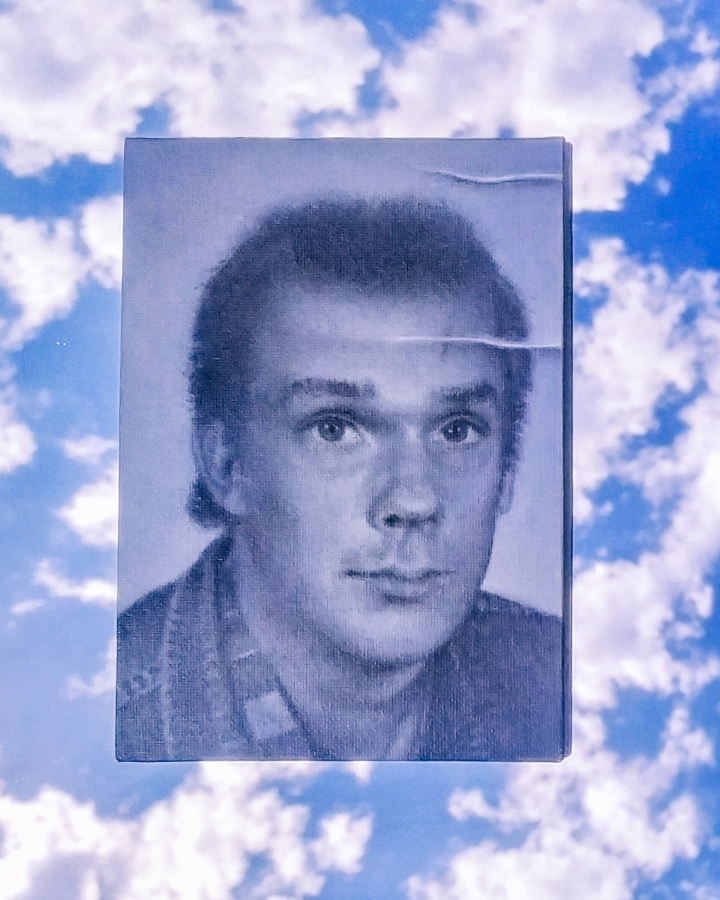Almost two years ago now I was given a book of photography from the 70’s called Souvenirs.
My dad of all people had found it in the loft where he grew up, clearing away his dead mothers things alongside his siblings. The mood was sombre and not very much was kept, but he did save this book for me. Not as a reminder of my beloved mummu, but as something a visual artist could surely use. “It is one of those artist things, you know… ehem… artistic stuff.” he said. I thanked him and took this book, curious of its contents. Upon first inspection it seemed to have a few female nudes, some overly sentimental images of the countryside, birds flying high in the sky and sandy beaches somewhere warm… the usual stuff.

I must confess, dear reader, that I was underwhelmed.
On the closer look, the book stood out from your standard kitsch and sentimental garbage. The women in these images seemed unfeasibly young; lean and barely pubescent, depicted in various sexually suggestive poses and scenarios. Some compositions were mimicking classical art (the reason my dad thought the book might be useful for a painter) where as others had a snap shot like feel to them, appearing sinister and almost voyeuristic.

cof

Double Exposure by Tiina Lilja research project looking into the depiction of vulnerable women and girls in visual art.

Double Exposure by Tiina Lilja research project looking into the depiction of vulnerable women and girls in visual art.
I was not aware of it at the time but the esteemed photographer whose work I was studying with growing distain had just taken his own life following accusations of sexual abuse and rape from women he photographed, some as young as 13 when the abuse was alleged to have happened. What I saw was enough for me to bury this book at the bottom of my wardrobe in disgust. It took me some time to put a name in the face, but once I was aware who had taken these seedy snaps, I was further convinced this was not something I would like to look up to for inspiration regarding aesthetics, photography or anything.
The name of this photographic artist is of no importance, although I am sure many of you know who I am talking about. We spend way too much time focussed on (alleged) perpetrators in our society and not nearly enough time emphasising with the victims. Following the #metoo campaign and other high profile sexual misconduct cases recently, an idea was brewing. I was just getting back to work after a long medical leave following a stint of working with other projects and I needed something to sink my teeth into.

Double Exposure by Tiina Lilja research project looking into the depiction of vulnerable women and girls in visual art.

Double Exposure by Tiina Lilja research project looking into the depiction of vulnerable women and girls in visual art.

Double Exposure by Tiina Lilja research project looking into the depiction of vulnerable women and girls in visual art.
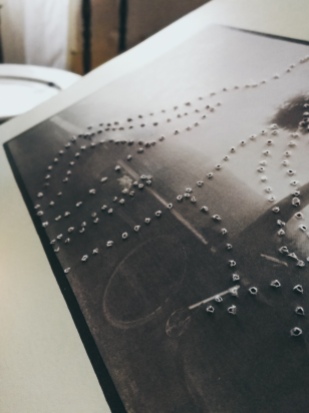
Double Exposure by Tiina Lilja research project looking into the depiction of vulnerable women and girls in visual art.
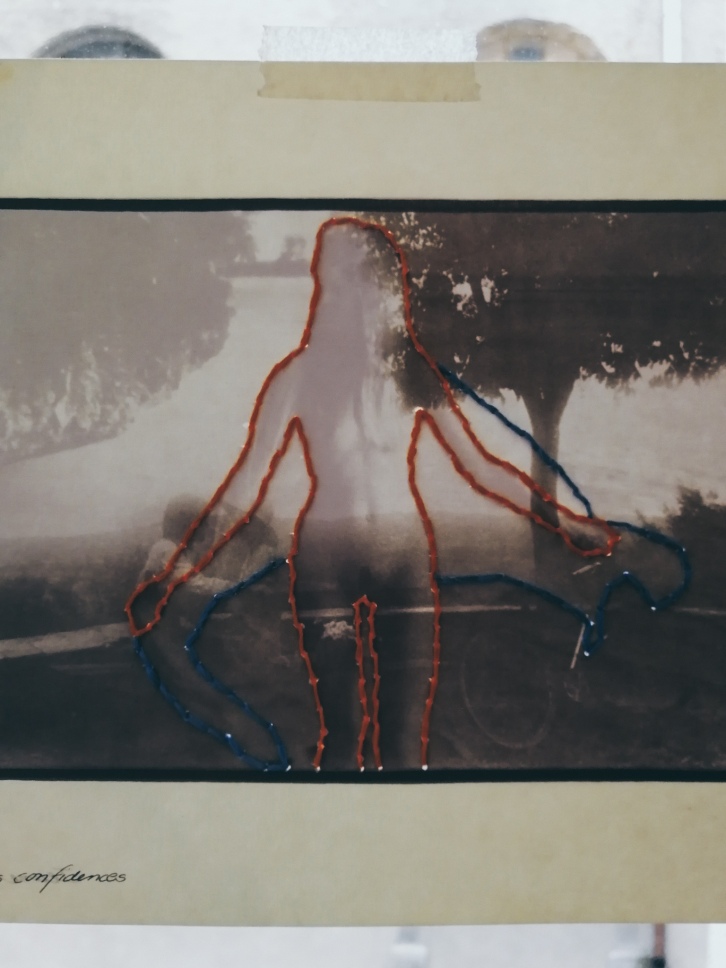
Double Exposure by Tiina Lilja research project looking into the depiction of vulnerable women and girls in visual art.
And this is how I found myself reaching for the book that had been sitting at the bottom of my wardrobe for nearly two years.
To put it simply, I felt like engaging, politically. To hang my colours to the mast, if you will. My usual studio work is not overtly politically motivated – I see myself as a collector or a curator of visual information more than anything else, but Souvenirs and the way this book made me feel, had just made tipped me in the realm of feminist art.

Double Exposure by Tiina Lilja research project looking into the depiction of vulnerable women and girls in visual art.

Double Exposure by Tiina Lilja research project looking into the depiction of vulnerable women and girls in visual art.

Double Exposure by Tiina Lilja research project looking into the depiction of vulnerable women and girls in visual art.

Double Exposure by Tiina Lilja research project looking into the depiction of vulnerable women and girls in visual art.
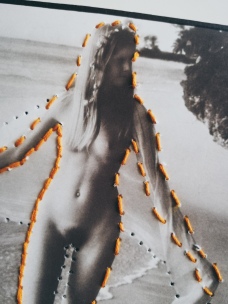
Double Exposure by Tiina Lilja research project looking into the depiction of vulnerable women and girls in visual art.
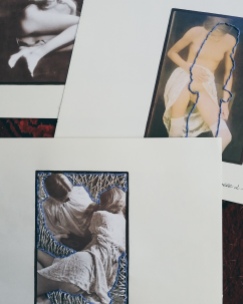
Double Exposure by Tiina Lilja research project looking into the depiction of vulnerable women and girls in visual art.

Double Exposure by Tiina Lilja research project looking into the depiction of vulnerable women and girls in visual art.
I chose the medium of embroidery as it seemed suitably quaint and harmless – like some of the imagery found in the book; a bevy of swans or a sleepy village. Not a context one would expect to find a vagina of a child. Referring to a wider use of female nudity in visual art, historically a woman’s body on canvas is an invitation to look and a testament of the painters skill; an object. It remains so in my work – I paint portrait of objects and this includes a large collection of auto portraits and portraits of other women, subjected to the same clinical gaze as a vase of flowers might. Double Exposure is different. I want it to invite you in and encourage you, dear reader, to question the motives of the artist, my motives, in creating this work.
My journey crafting this body of work is only beginning, but I know I must take care with it. I need to get this one right.
The time is up.



